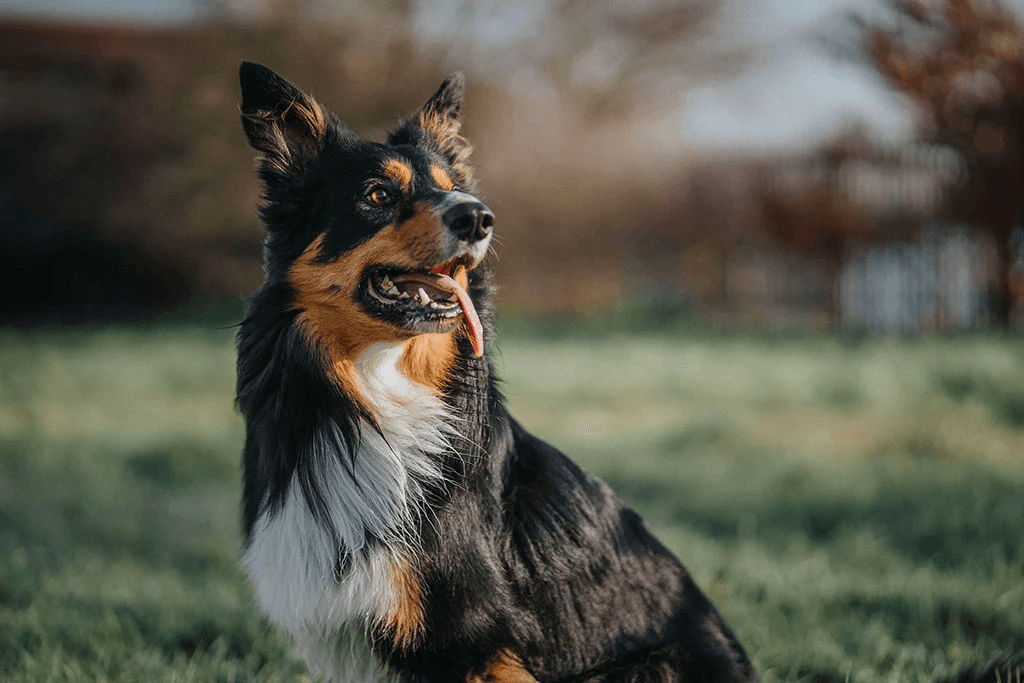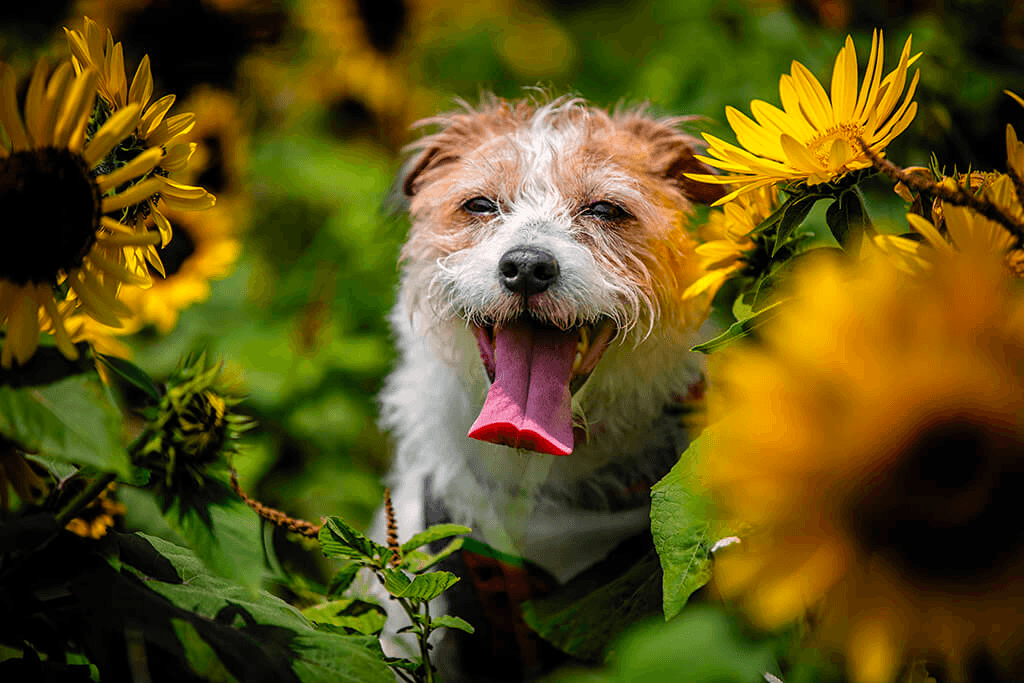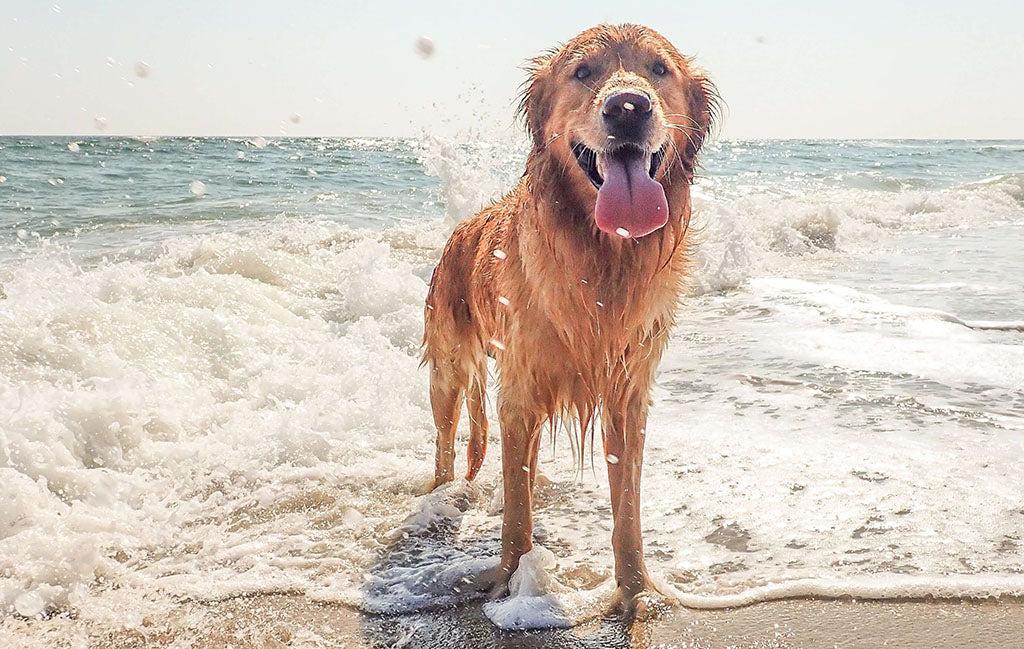Lick granulomas are caused when a dog licks at one area and creates skin trauma. Learn what they look like, what causes them, and how to help.
- Home/
- Dog/
- Health & Wellness/
- Lick Granuloma in Dogs: Signs, Causes & How to Help
Lick Granuloma in Dogs: Signs, Causes & How to Help

Obsessive licking in dogs can happen for a variety of reasons ranging from allergies to pain to behavioral disorders. And if a dog licks too much, they can damage their skin, hair, or even develop an unsightly skin condition called lick granuloma or acral lick dermatitis.
Once a dog has a lick granuloma it can be challenging to treat and resolve. This is why it is important for pet parents to recognize the early warning signs and seek veterinary attention before the problem gets more difficult to solve.
In this article you’ll learn what a lick granuloma is, the different causes, and why it’s important to treat it. We’ll also cover the different treatment options that veterinarians recommend for this skin condition.
What Is a Lick Granuloma?
Canine lick granuloma — otherwise known as acral lick dermatitis or acral lick granuloma — is a chronic, inflammatory skin condition that is directly caused by self-trauma.
This happens when something causes the dog to lick one specific area of their body repeatedly. This leads to trauma and itching, which causes more licking and more trauma to the skin, creating a vicious lick-itch cycle.
Acral lick dermatitis occurs on areas of the body that the dog can reach with their tongue. The most common areas affected are the tops of the front legs. But lick granulomas can be seen on all four legs, usually near the wrists or ankles.
Lick granulomas can occur at any age and both male and female dogs are equally affected. They are most commonly seen in large breed dogs including:
- Doberman Pinschers
- Labrador Retrievers
- Great Danes
- Dalmatians
- Akitas
- Setters
- Shar Peis
- Boxers
- Weimaraners
- Golden Retrievers
Causes of Lick Granulomas in Dogs
Lick granulomas almost always have an underlying cause that initiates the lick-itch cycle of self–trauma. This is often due to an allergic or behavioral component.
In a nutshell, anything that causes local irritation can cause a dog to lick enough to create a lick granuloma.
Common causes of lick granulomas in dogs include:
- Wound or injury
- Skin infection
- Skin parasites, such as mites, fleas, or ringworm
- Foreign body (like a grass seed or thorn) stuck in the skin
- Skin cancer
In addition, pain from underlying joint disease (osteoarthritis) or bone cancer can also cause a dog to lick excessively.
Acral lick dermatitis can also be caused by hormonal imbalances (Cushing’s syndrome and hypothyroidism), sensory nerve pain or dysfunction, stress, anxiety, boredom, compulsive licking, or other behavioral disorders. Sometimes dogs can even lick themselves as a way to get attention from you.
Identifying Lick Granulomas: Signs & Symptoms
A lick granuloma is usually a raised, red, thickened area of the skin. It is typically hairless and eroded due to all the licking. It may be oozing serum or pus. There may also be scabs present, and pet owners usually catch their dogs licking at the same area over and over again.
Lick granulomas do not happen overnight. They are a product of chronic, excessive licking over time. As a dog continues to lick, lick granulomas can grow in size. If they become infected, they can develop a bad odor.
Lick Granulomas Vs. Hot Spots
Many pet parents confuse hot spots (acute moist dermatitis) with acral lick dermatitis, but there are distinct differences when comparing lick granuloma vs. hot spots.
A hot spot will appear overnight or all of a sudden. Dogs usually get hot spots due to a flea allergy. When it comes to appearance, hot spots are flat, hairless, and extremely inflamed. Dogs with hot spots are typically very itchy and won’t leave the area alone.
In contrast, a lick granuloma takes time to develop and can be caused by many different things. As previously mentioned, lick granulomas are raised and thickened. A dog with a lick granuloma may or may not be itchy, and pet parents can usually get dogs with lick granulomas to stop licking on command.
Lick Granulomas Vs. Skin Tumors
Another skin condition that can be confused with a lick granuloma is a skin tumor. Telling a tumor from a granuloma can be tricky, and it can be common to confuse the two. Skin tumors typically are slow developing, like a granuloma. Some types of tumors may also be eroded, scabbed, or infected — similar in appearance to lick granulomas.
One way to tell the difference between a lick granuloma and a skin tumor is location. Skin tumors can occur all over the body, while lick granulomas are typically confined to the legs.
In these cases, your veterinarian may recommend taking a biopsy of the lesion and sending it to the laboratory for analysis.
How to Treat Lick Granulomas in Dogs
If your dog has a lick granuloma, then you need to take it as a sign they are crying out for help. Dogs only create these skin conditions if they are suffering from something else.
Allergies, skin infections, arthritis, nerve pain, cancer, stress, boredom, and behavioral disorders can all cause a dog to lick excessively. That is where you come in. If you notice your dog has a lick granuloma, then take it as a sign to go to the veterinarian and get some help.
Lick granuloma treatment is most successful when a three-pronged approach is used. This involves:
- Stopping the licking
- Treating inflammation and infection of the skin
- Treating the underlying cause (if applicable)
It is critical to prevent the dog from licking the area to permit healing. There are several ways to prevent a dog from licking, which can include using an Elizabethan collar, bandaging, or putting a T-shirt on your dog. Work with your veterinarian to determine the best way to prevent excessive licking in your dog.
A variety of medications, both topical and oral, can be used to reduce inflammation, pain, itching, and resolve any associated skin infections. These can include antibiotics, antihistamines, topical steroids or non-steroidal anti-inflammatories, or topical capsaicin products. Your veterinarian will prescribe what they think will work the best.
A couple of things to remember when treating a lick granuloma:
- Medication often has to be administered for several weeks to resolve the condition
- Wear gloves when applying topical medications
- Prevent your dog from licking the affected area for at least 15 minutes after medication is applied
Once the inflammation and infection is addressed, it is critical to address any underlying disorders. If these aren’t addressed, your dog will likely just create another lick granuloma.
If no underlying cause is found (such as joint pain, allergies, or bone cancer), then the underlying cause is likely behavioral. If no underlying cause is determined, it is critical to work with your veterinarian or a veterinary behaviorist to develop a behavioral modification plan and determine if behavioral medication can help.
Prevention Tips & Strategies
While not all cases of lick granulomas in dogs can be prevented, there are some things that you can do to curb excessive licking. These include:
- Ensure your dog gets daily exercise and mental stimulation to avoid boredom
- Feed a high-quality, complete and balanced diet
- Keep your dog free of external pests with appropriate flea and tick prevention
- Have your dog examined by a veterinarian yearly to catch problems early
The best way to prevent acral lick dermatitis is to address it before it begins. Lick granulomas can be challenging to treat, especially if they are due to behavioral causes. If you notice that your dog is excessively licking anywhere on their body, even if the skin looks normal, get them seen by a veterinarian as soon as possible to avoid a bigger problem down the road.

 S
S



